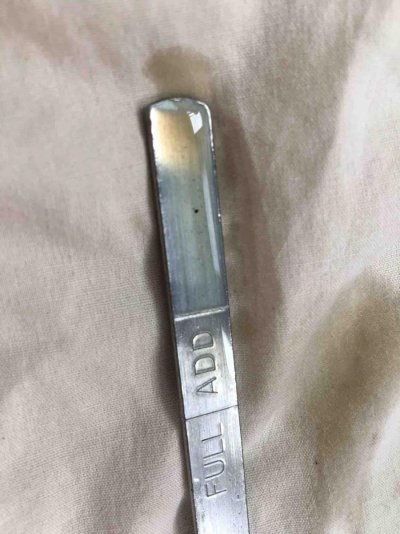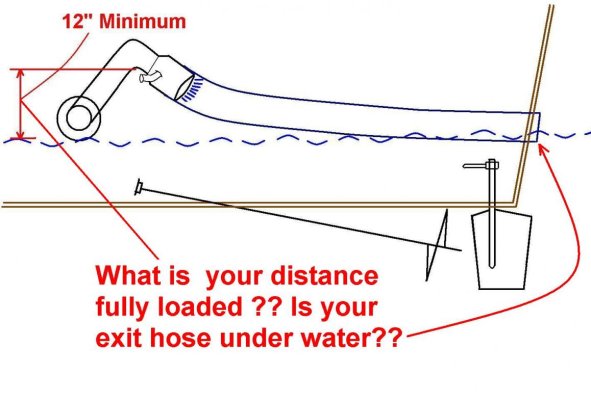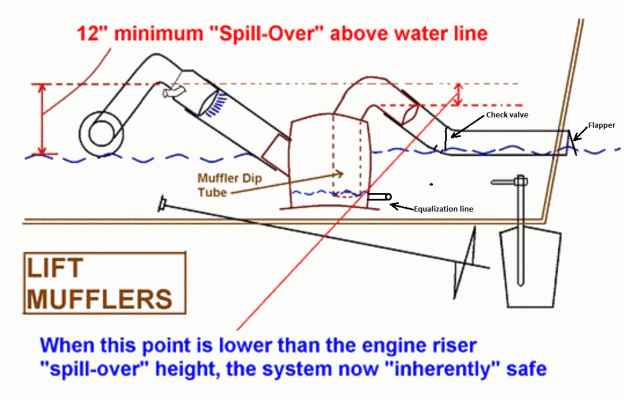Lou_tribal
Guru
Ok just ran the engine at 1200 rpm for 10 min started fine, a small bit of white smoke at startup but that dissipated 5 min later. Oil is a mix of the sludge from yesterday diluted in the new oil. I am starting to remove it right now and redo an oil change.
Something puzzling me, no water out of the oil cooler by the oil fittings and coolant level in the expansion tank rose a bit like expected when engines warm up.
L
Something puzzling me, no water out of the oil cooler by the oil fittings and coolant level in the expansion tank rose a bit like expected when engines warm up.
L






